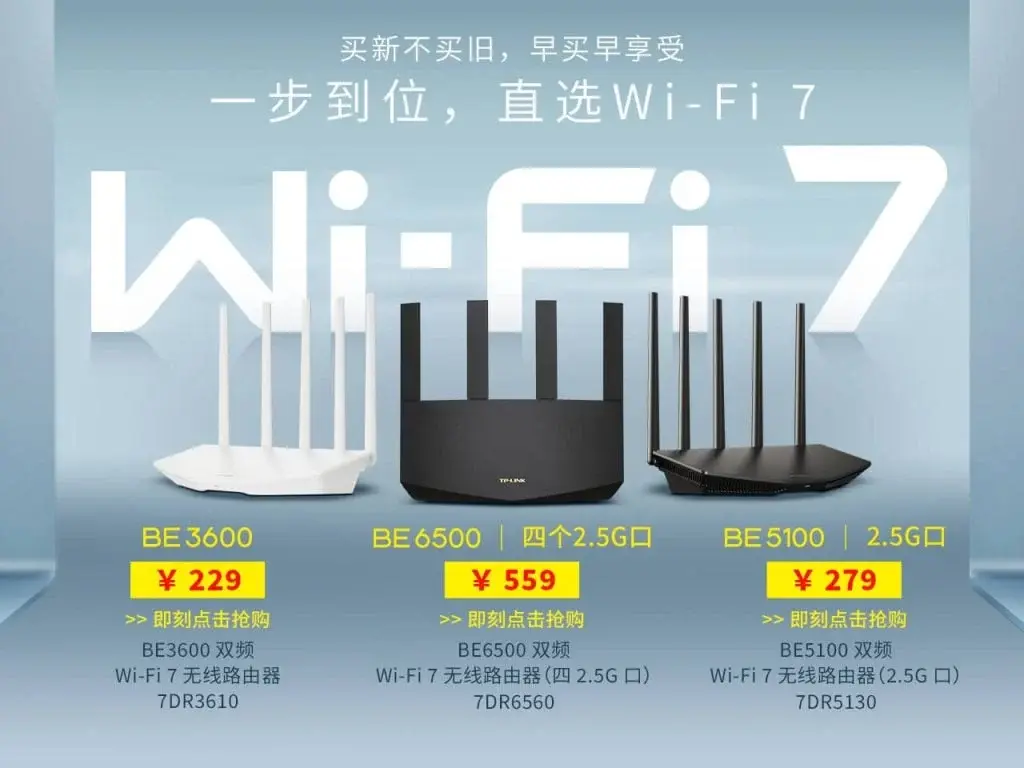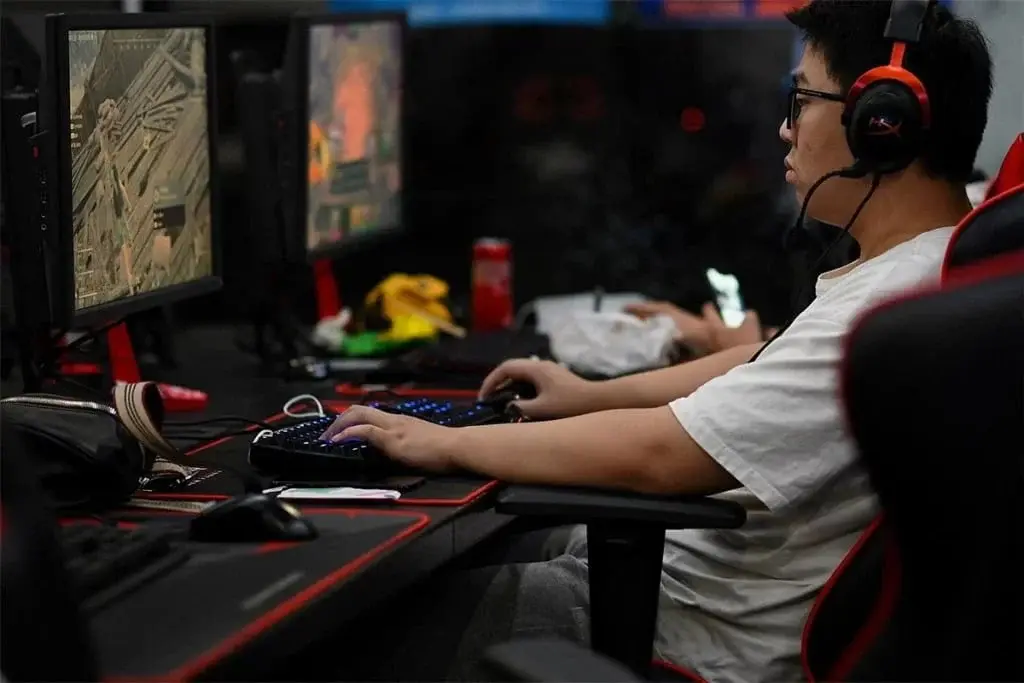Introduction to TP-LINK’s Recent Wi-Fi 7 Router Collection
TP-LINK, an established player in the network equipment sector, disclosed the launch of three fresh Wi-Fi 7 routers, namely the BE3600, BE5100, and BE6500, earlier this year. These cutting-edge routers have hit the shelves for purchase in China through JD.com.
Common Attributes
These routers boast several shared features, including:
- MLO dual-band stacking
- Xtra Range 2.0 technology (excluding the BE6500 model)
- Inclusion of built-in gaming accelerators
- Support for frequency band and routing binding
- Compatibility with remote PC wake-up and EasyMesh 3.0 networking technology
BE3600 Overview
Priced at 229 Yuan ($32), the BE3600 presents dual-band functionality with speeds up to 3600Mbps. It includes four Gigabit Ethernet ports and supports dual WAN and LAN port aggregation, showcasing its adaptability for standard home networking requirements.
BE5100 Overview
The BE5100, available at 279 Yuan ($39), elevates performance with dual-band speeds hitting 5100Mbps. Featuring one 2.5G Ethernet port and three Gigabit Ethernet ports, it also supports dual WAN and LAN port aggregation. This model caters to users seeking higher speeds and enhanced connectivity options.
BE6500 Overview
Catering to advanced networking demands, the BE6500 emerges as a premium selection, priced at 559 Yuan ($78). It boasts a speed cap of 6500Mbps and comes furnished with four 2.5G Ethernet ports and six high-power independent FEM amplifiers, ideal for gaming enthusiasts and individuals engrossed in high-bandwidth streaming activities.
Xiaomi’s Economical Wi-Fi 7 Router Offering
Alongside TP-LINK’s lineup, Xiaomi is gearing up to unveil its budget-friendly Wi-Fi 7 router, the BE3600, on January 30th in China. Projected to hit below the 299 yuan mark ($43), this router incorporates a 2.5Gbps high-speed network port, a 4-core chip, and IoT connectivity for managing smart home gadgets, thereby expanding Xiaomi’s array of Wi-Fi 7 routers.
Final Thoughts
TP-LINK’s recently introduced Wi-Fi 7 router series caters to diverse user preferences with their notable speeds and advanced functionalities, ensuring dependable and efficient connectivity for a multitude of applications. Additionally, Xiaomi’s imminent launch of an affordable Wi-Fi 7 router amplifies market choices, guaranteeing consumers access to top-tier network equipment at competitive price points.



